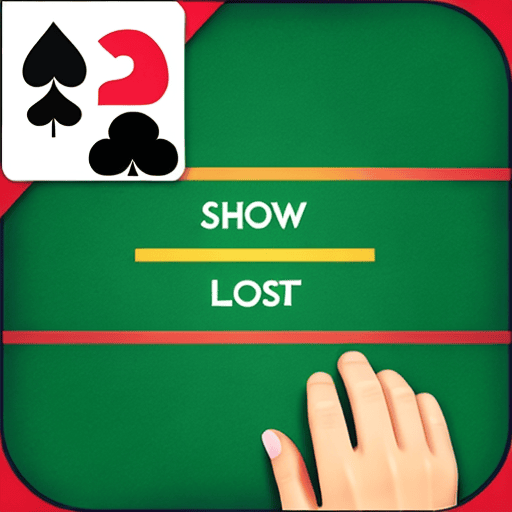
The Rich Tapestry of Solitaire Varieties
Solitaire, an evergreen mainstay in the realm of card games, has beguiled players for countless generations. Many might immediately envision the classic Windows computer game at the mention of Solitaire, yet the depth and breadth of Solitaire types are genuinely vast. Each with its distinct flavor and tactics, let’s traverse the many faces of Solitaire.
- Classic Klondike: The Solitaire poster child, Klondike is what springs to mind for most. A game of sorting 52 cards into foundations based on suit and sequence, it’s all about masterfully arranging tableau cards in alternating colors in descending order.
- The Web of Spider Solitaire: Owing its fame to Windows, Spider Solitaire employs two decks and offers a more formidable challenge. Players grapple with ten tableau columns, aiming to order cards from King through Ace per suit.
- Strategic FreeCell: Renowned for its solvable nature, FreeCell leans more into tactics than sheer luck. Players navigate a singular deck spread across eight tableau piles, with a quartet of FreeCell spaces and foundation piles to aid in card sorting.
- Pyramid’s Sum Game: Here, the card formation mimics a pyramid. Victory is achieved by pairing cards totaling 13, demanding a sharp eye and keen strategy to dismantle the pyramid structure.
- Tri-Peaks’ Triple Threat: With its trio of pyramid formations, cards are plucked in an order akin to Pyramid Solitaire but follow a rising or falling sequence, irrespective of suit.
- The Fairway of Golf Solitaire: Seven columns with five cards make up the tableau, while the remaining cards serve as the draw pile. The objective is transferring cards from tableau to foundation based on a card rank system.
- Dynamic Yukon: A Klondike spin-off, Yukon ditches the stock in favor of dealing all cards onto the tableau. The twist? Card stacks move sans any sequence consideration, creating a lively gameplay dynamic.
- Casino-born Canfield: Originating in casinos, Canfield poses a substantial challenge. The game landscape features a singular foundation card, a varied tableau, a reserve, and stock, with players racing to compile foundations.
- Forty Thieves’ Challenge: Armed with two decks, players face ten tableau columns. Its intricacy arises from constrained moves, demanding meticulous planning and strategy.
- Baker’s Dozen Layout: All cards are upfront in 13 columns of four. With Kings anchoring the initial columns, players must strategically navigate the tableau.
- Sting of the Scorpion: A Spider Solitaire kin, Scorpion utilizes one deck. The seven tableau columns and the absence of a stock, coupled with unique movement rules, amplify the challenge.
- Russian Solitaire’s Nuance: Echoing Yukon, Russian Solitaire’s tableau construction revolves around same-suit sequences. Its rigor emanates from strict movement rules, raising the stakes higher than Yukon.
- EastHaven’s Double-Deck Delight: Drawing inspiration from Klondike, EastHaven employs two decks, presenting a familiar tableau structure but with relaxed sequence movement rules.
Wrapping Up: From its humble beginnings to its digital metamorphosis, Solitaire remains ever-adaptive. Its manifold variations cater to diverse tastes and proficiencies, reinforcing its enduring appeal. Whether it’s a leisurely Klondike round or the intricate mazes of Russian or Scorpion Solitaire, this age-old gem promises endless cerebral stimulation and sheer fun.